Shoulder pain is a very frequent reason for medical consultation. Indeed, the shoulder, which is the junction between the scapula and the humerus and between the scapula and the clavicle, is a very mobile joint and therefore very solicited, which quickly makes it fragile.
Shoulder pain can have several origins: tendon, joint, muscle, bone… Aging essentially generates certain types of pathologies at the level of the shoulder, of which here is a brief overview.
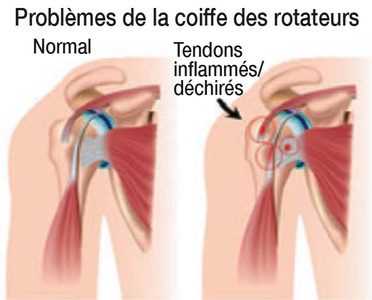

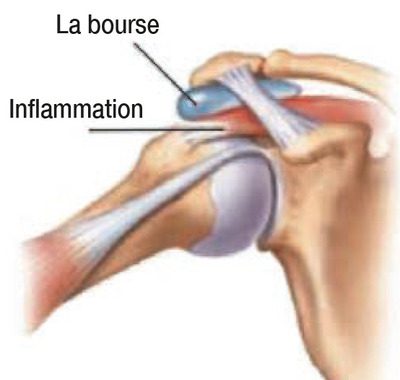

One of the classic causes is shoulder tendonitis, which represents one of the main reasons for consultation with the specialist. This pathology essentially concerns the rotator cuff, a set of 4 tendons in contact with the main shoulder joint, and which allows all the movements of the shoulder in space.
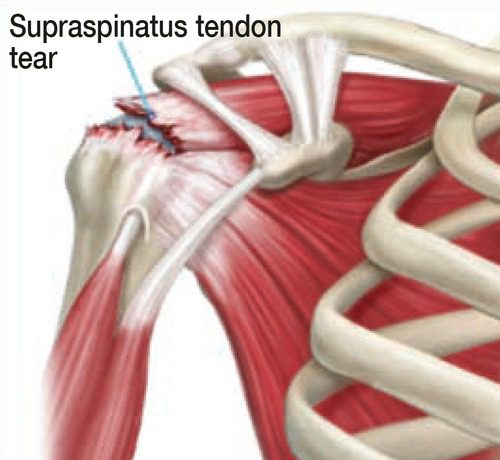

Inflammation may extend to the subacromial bursa, the “gliding tissue” that lies above the rotator cuff tendons in the subacromial space.
This tendinous zone called rotator cuff undergoes wear and tear after a certain age, or following repetitive movements.
Pain can be intensified if a tendon ruptures, known as a rotator cuff tear.
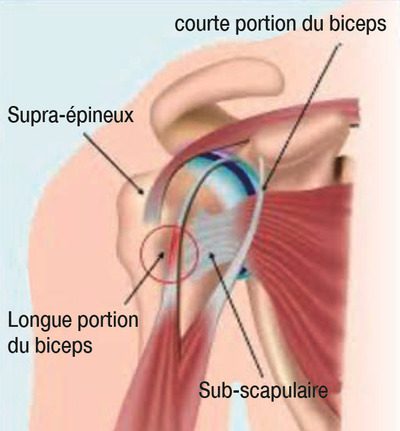

Another tendon frequently affected by inflammation, or wear and tear due to aging, is the long head of the biceps (or long portion of the biceps), which suspends the biceps (muscle at the level of the arm) inside the shoulder joint, and sometimes causes joint pain, although it is a tendon whose origin is on the arm. We often find radiating pain in the arm in this type of pathology.
With age, the shoulder is also subject to degenerative and inflammatory pathologies such as osteoarthritis, which affects the joints and sometimes causes severe pain, stiffness and reduced mobility. It is in fact a progressive wear of the cartilages of the joint between the scapula and the humerus, causing joint stiffness and pain during movement.
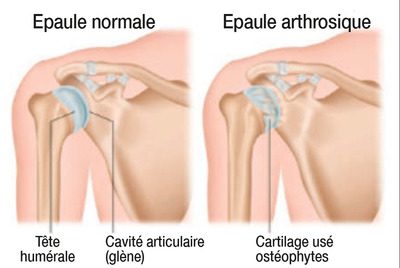

The diagnosis of shoulder pain must be the subject of an interview with the doctor, which will allow him to understand the evolution of the pain and its mode of occurrence. There will also be a clinical approach, with a physical examination during which the specialist will have to highlight the affected part of the shoulder, and will thus be able to establish a diagnosis. This diagnosis can also be clarified and supported by a radiological examination (X-rays, ultrasound, CT-scanner or MRI).
The treatment of a shoulder pathology is in all cases adapted to the diagnosis, but it will be, in general, and at first, conservative (i.e. not surgical), with means such as physiotherapy, analgesic and anti-inflammatory drugs, cortisone, etc.
If the pathology is too advanced or if the patient is reluctant to take a conservative approach, the shoulder specialist may be prompted to suggest surgical treatment.
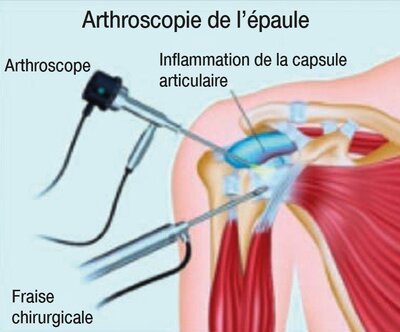

Different types of surgery exist and can be offered to patients depending on their pathology. Minimally invasive surgeries, such as arthroscopy, are increasingly used, mainly for tendon problems.
Like other joints such as the hip and knee, a prothese can also replace the shoulder with symptomatic osteoarthritis. These protheses give very good results and are intended for a population of seniors with painful pathologies that make it difficult for them to carry out daily activities.


Regardless of the cause of the shoulder pain, evaluation by a specialist for this joint can mean a quick diagnosis and treatment that doesn’t necessarily have to be invasive, so shoulder pain should be relieved and patients with discomfort at this joint that is so useful in everyday life can feel comfortable again.





0 Comments